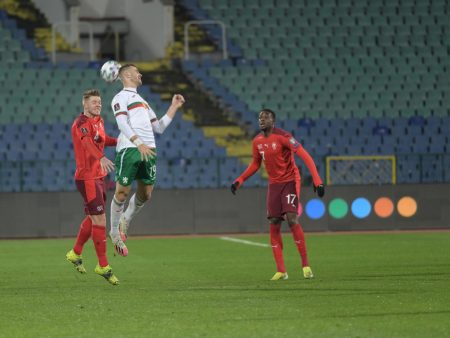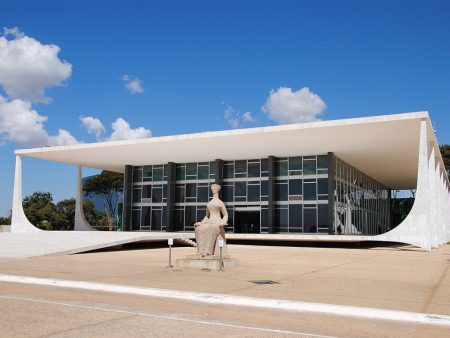A previous O Globo survey in collaboration with Ipsos-Ipec showed that 16.6% of Brazilian football supporters have bet on matches. The findings provide a clear overview of demographic segments. They also highlight regional sentiments. The research also reveals cultural factors affecting sports betting in Brazil.

The research shows significant discrepancies across income brackets, spatial zones, and age groups. It reflects how football betting is becoming increasingly rooted in Brazilian sporting culture. However, it remains unevenly distributed across society.
According to the research, middle-income workers are more likely to bet on football. Supporters with two to five minimum wages made up the largest percentage, 20.3%. Workers earning one to two minimum wages followed at 17%. Other, more affluent groups, who earned more than five minimum wages, had a slightly lower activity rate of 15.8%.
Only 12.7% of advocates in the up to one minimum wage group reported having bet, making it the lowest percentage. This may reflect levels of disposable income and lifestyle. The data suggests football betting is highest among middle-income segments.
Center-West stood out as distinct, geographically. It has the largest relative percentage of bettors at 20.3%. Yet, the Northeast had the largest absolute amount of fans who had bet, at 4.3%. This was more than the 3.8% found in the North/Center-West.
The South showed the lowest participation at 1.8% and the highest share of fans who never bet at 86.8%. In comparison, 2.2% of fans in the Southeast reported betting.
Dealing with urban vs. rural dynamics is another core finding. Bettors from smaller towns and rural municipalities made up 17.3% of all bets, higher than those from urban centers. Experts link this to fewer entertainment and cultural activities in smaller areas. People see betting as an inexpensive way to have fun.


